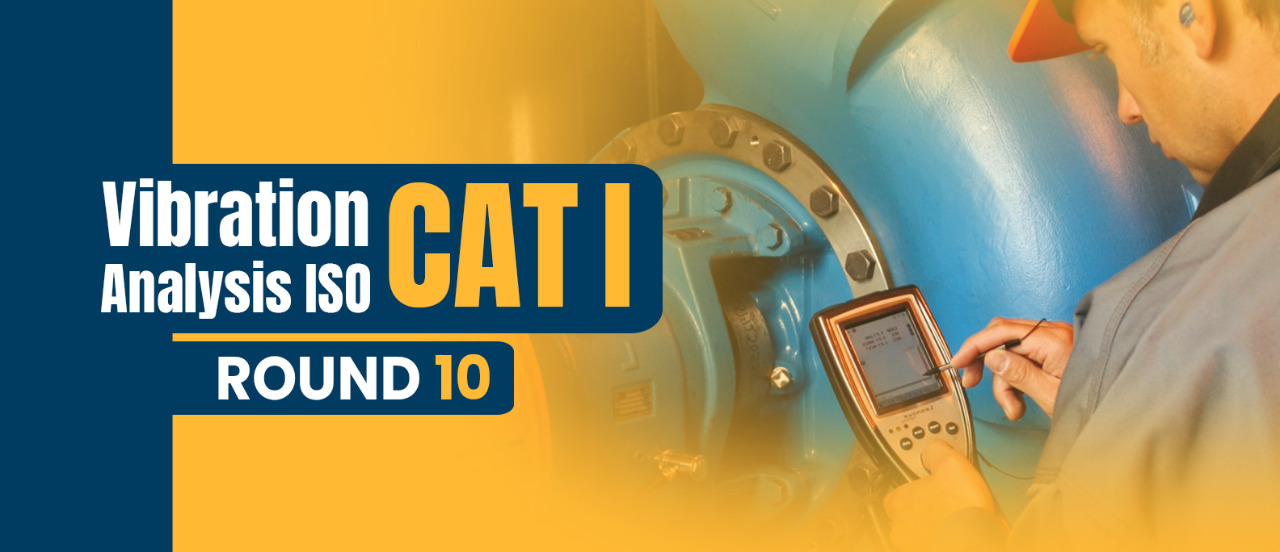Vibration Analysis ISO CAT I
CAT I Round #10
Course Objectives:
- This course is suitable for Junior Vibration Analysts.
- Ideal starting for new vibration analysts, collecting vibration data officers, and those who seek a better understanding of vibration analysis and condition monitoring.
- Understanding the importance of monitoring rotating machinery and other critical assets
- Understanding of how vibration can be successfully measured and analyzed to provide early warning of a wide range of fault conditions.
- Gain enough knowledge and master the main principles to contribute to an existing project.
-------------------
Course Outcomes
At the end of the Vibration Analysis - Cat I Course, you will be able to:
- Understand the types of maintenance program.
- Identify the different predictive maintenance methodologies.
- Collect vibration measurements correctly.
- Distinguish between low- and high-quality data collection.
- Evaluate vibration levels according to ISO standards.
-------------------
Course Content
Along 5 Days Of Professional Training, You Will Be Introduced To The Following Topics:
- Maintenance Practices
- What is breakdown maintenance and when should it be employed?
- What is preventive (calendar based) maintenance, and what are its major flaws?
- What is predictive (condition based) maintenance, and what are its benefits?
- What is proactive (reliability centered) maintenance, and what are its benefits?
- Condition monitoring
- Acoustic emission (ultrasound)
- Thermography
- Oil analysis
- Wear particle analysis:
- Motor testing
- Vibration analysis
- Principles of vibration
- Introduction to vibration measurement
- An introduction to the time waveform
- An introduction to the spectrum
- An introduction to forcing frequencies
- Explaining the different vibration units
- A brief introduction to phase
- Data acquisition
- A quick review of data acquisition
- How do we measure vibration?
- Where to place the sensor on the machine
- Understanding axial, radial, vertical, and horizontal readings
- A quick introduction to mounting the accelerometer and surface preparation
- Naming conventions
- What are “routes” and how do you create them?
- Signal processing
- A quick tour of your analyzer
- Spectral averaging
- Vibration analysis
- The spectrum analysis process
- What is resonance – a quick introduction?
- Diagnosing common fault conditions
- Setting alarm limits
- The ISO standard for setting alarms
- Band alarms
- Envelope alarms
-------------------
Course Duration
5 Days
-------------------

